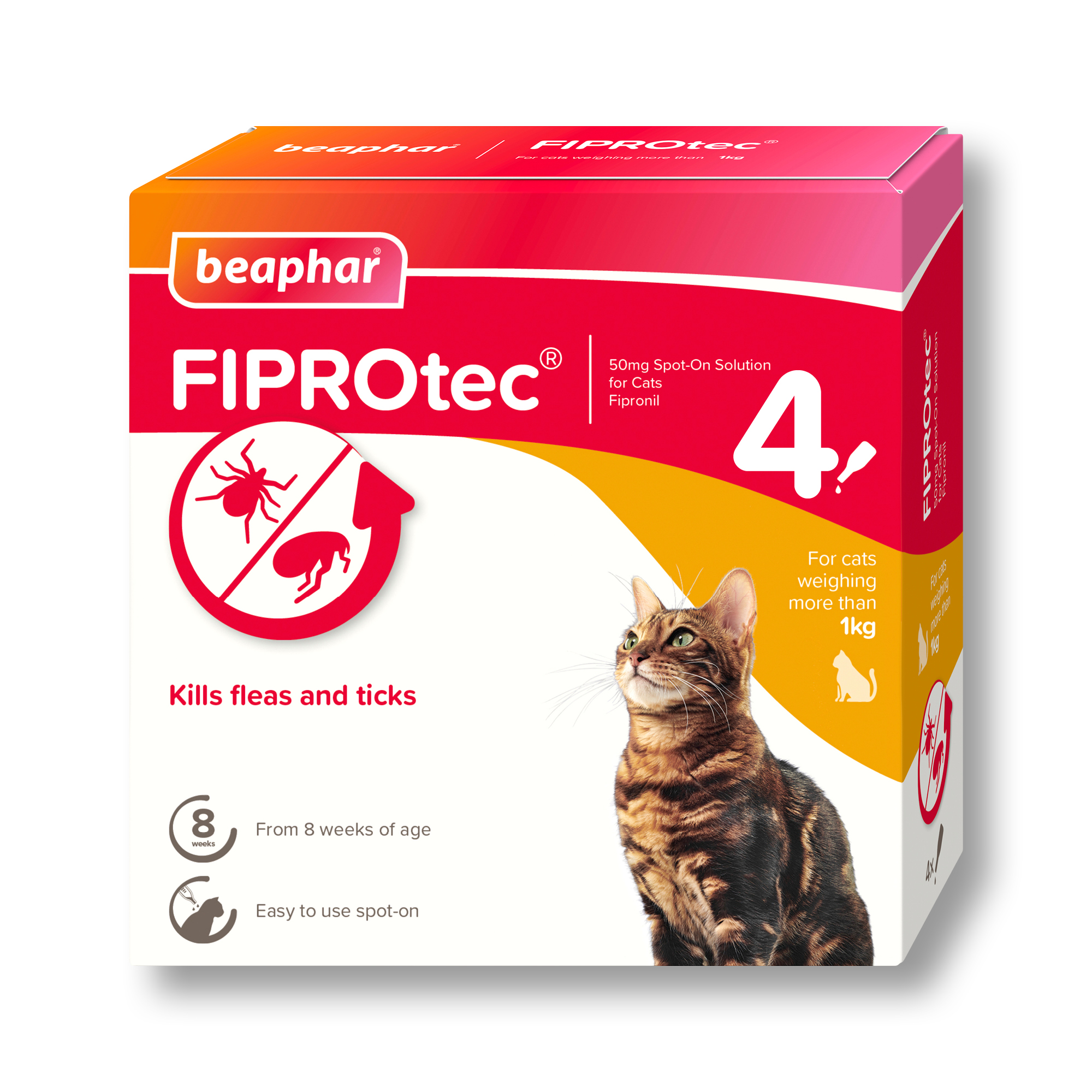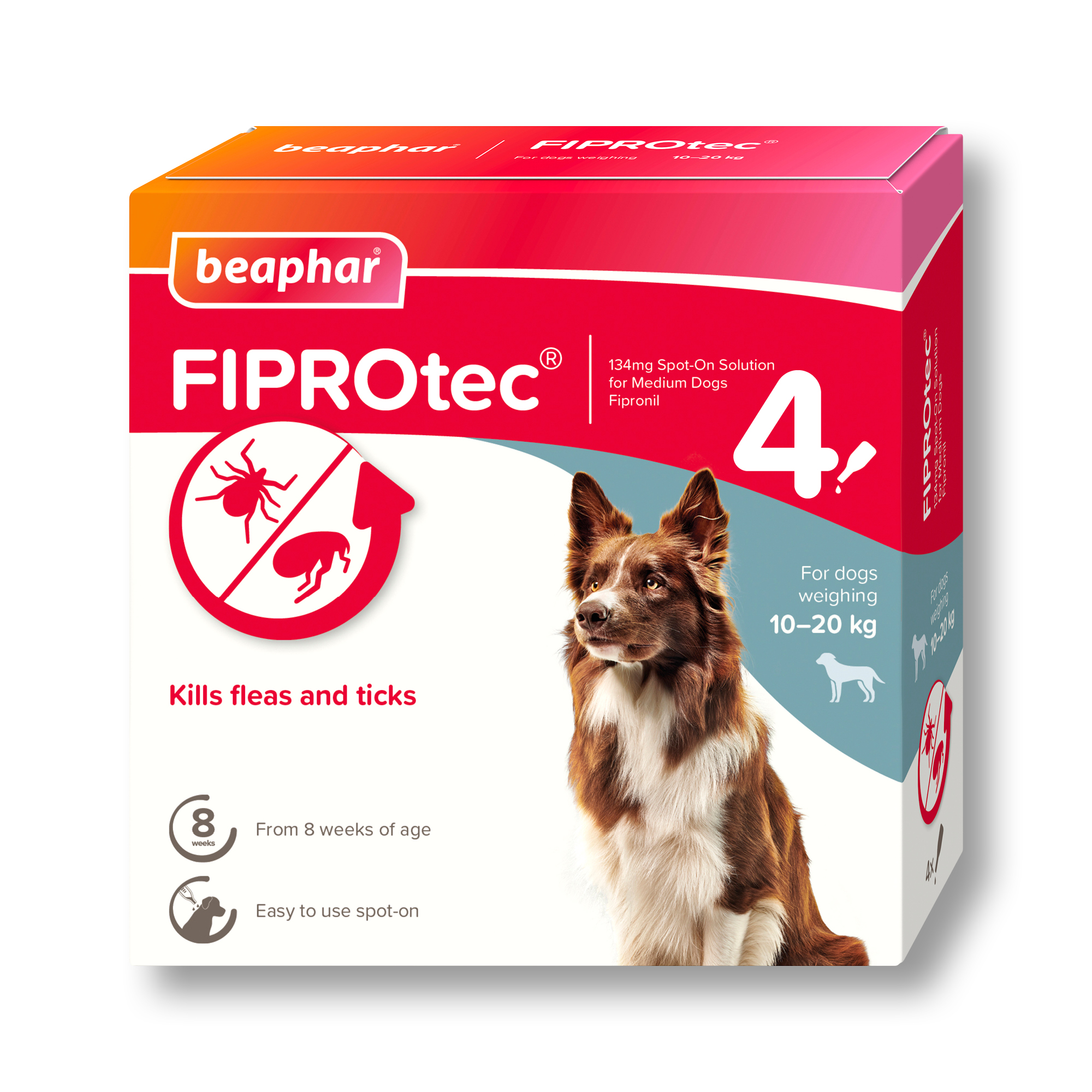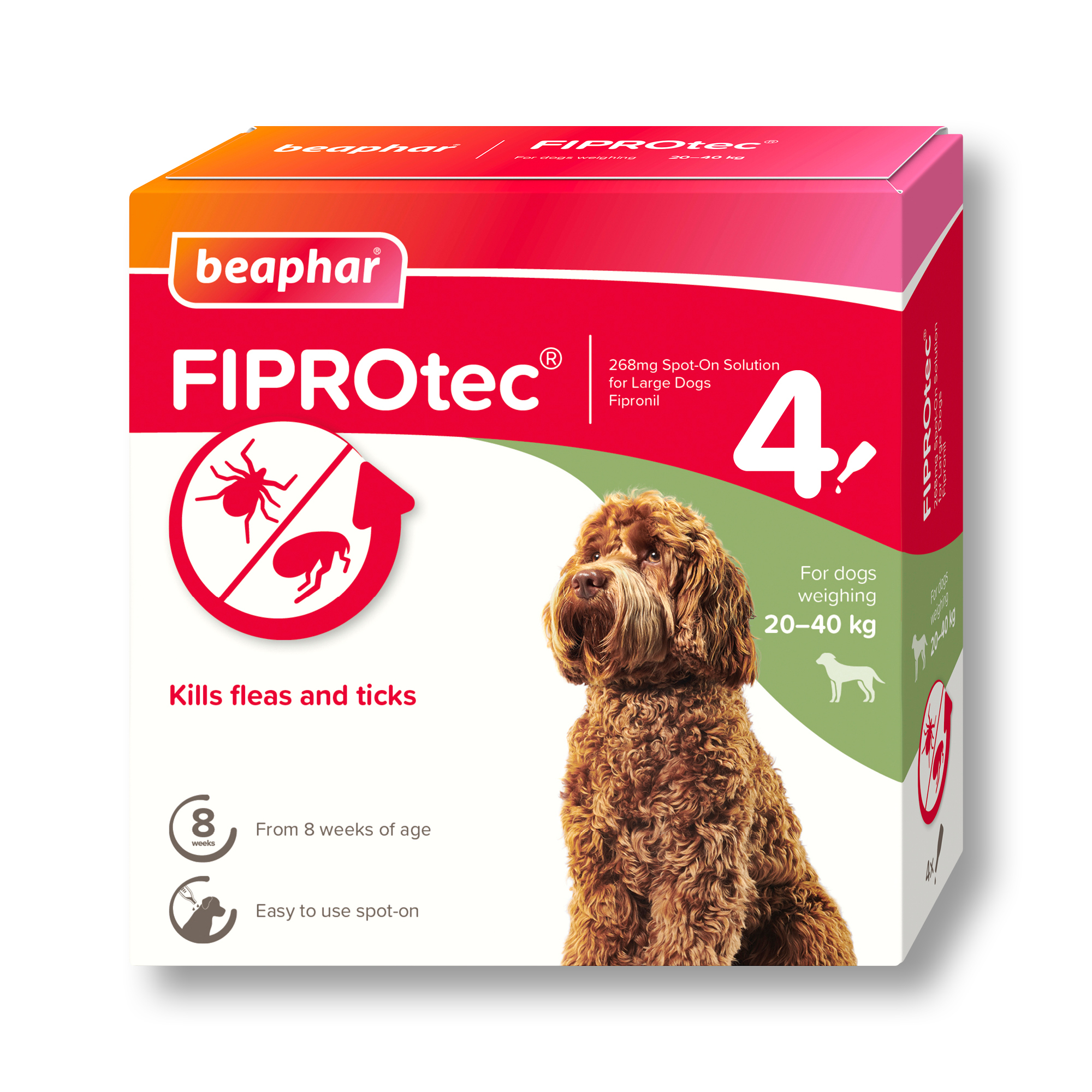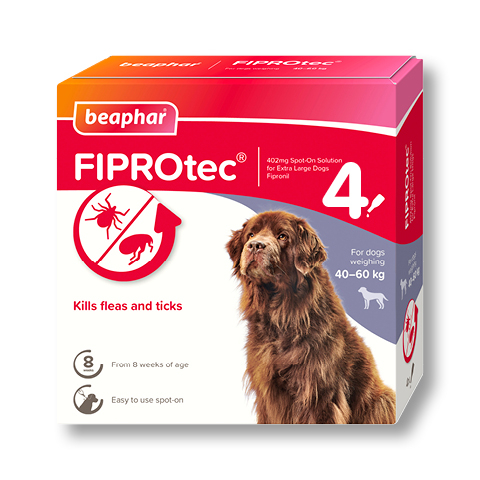Ticks with lyme disease - how to protect your pet
Ticks are unwelcome parasites, and ticks with Lyme disease can be extremely dangerous. ESCCAP (European Scientific Counsel Companion Animal Parasites) estimate around 15% of ticks carry Lyme disease, which can cause lifelong problems for both pets and people.
We can’t always prevent ticks from attaching to our pets, nor can we tell just but looking if the tick is carrying Lyme disease. But, we can learn how and when our pets are likely to pick up ticks, and what we can do to protect them.
The easiest way to do this is by regularly treating our cats and dogs with a suitable veterinary medicine. By using an effective veterinary medicine that kills ticks quickly, we can reduce the risk of disease transmission occurring.
How does my pet get ticks?
There are 23 species of tick in the UK, and over 800 worldwide, so it is likely your cat or dog will pick one up at some point. There’s also a chance one or more of them could be a tick with Lyme disease.
Ticks are usually active in warm, humid conditions, making them particularly troublesome in spring and autumn. However, the recent shift to wetter summers means they can be active from April to October, or even longer in warm winters.
Ticks spend most of their life cycle in the undergrowth, but will emerge frequently in search of a host to feed on. This could be an animal or a person. The most common species you’re likely to encounter in the UK is the sheep tick (Ixodes ricinus).
Both cats and dogs can pick up ticks while out exploring, on a walk or even in the garden. Ticks find a host by sensing body heat, carbon dioxide and vibrations. The tick then climbs to the top of a piece of vegetation, such as a blade of grass, with their legs outstretched. This is known as questing. As the host (either an animal or person) passes, the tick crawls on. Once aboard, the tick inserts their needle-like, serrated mouthparts through the skin, and feeds on the host’s blood.
*Ixodes ricinus
What is Lyme Disease?
Lyme disease is a bacterial infection that can affect both animals and people. Lyme disease can be treated with few to no lasting effects, providing we catch it early. However, if left untreated it can cause serious health problems, including joint and muscle problems, and even kidney damage.
The most common sign of Lyme disease is a bullseye rash around the site of the tick bite. Other signs include fever, intermittent lameness, loss of appetite and weakness. In people, symptoms are often similar to the flu, so can be hard to spot.
If you or your pet is bitten by a tick and you’re concerned about Lyme disease, even if no symptoms are present, consult your doctor or vet for further advice.
Are all ticks dangerous, or just ticks with Lyme disease?
Ticks themselves are not inherently dangerous. The danger comes from any diseases they may be carrying. Therefore, the best course of action is to remain calm, and remove the tick quickly and safely using a tick remover.
The most common disease carried by ticks in the UK that can affect pets and people is Lyme Disease. They also spread other diseases, such as babesiosis and ehrlichiosis, but both are extremely rare in the UK. Confirmed cases are almost exclusively from pets returning to the UK from abroad.
Having said that, all tick bites, whether or not the tick is carrying an infectious disease, can cause skin irritation and an infection. Tick bites and suspected tick bites must be cleaned, disinfected and monitored closely. If you have concerns about yours or your pet’s health following a tick bite, speak with your doctor or vet.
How do ticks with Lyme disease infect my pet?
Disease transmission occurs during the feeding process. As a tick feeds on a host, it releases saliva into the host via the bite. In ticks with Lyme disease, the saliva contains harmful micro-organisms. When the salvia mixes with the host’s blood, any diseases the tick is carrying may transfer to the host.
What can I do to protect my pet from ticks and Lyme Disease?
To protect your pet, use a veterinary medicine that kills ticks. This means that should a tick attach to your pet, it will be killed quickly, reducing the risk of harmful micro-organisms, such as Lyme disease, being transferred.












